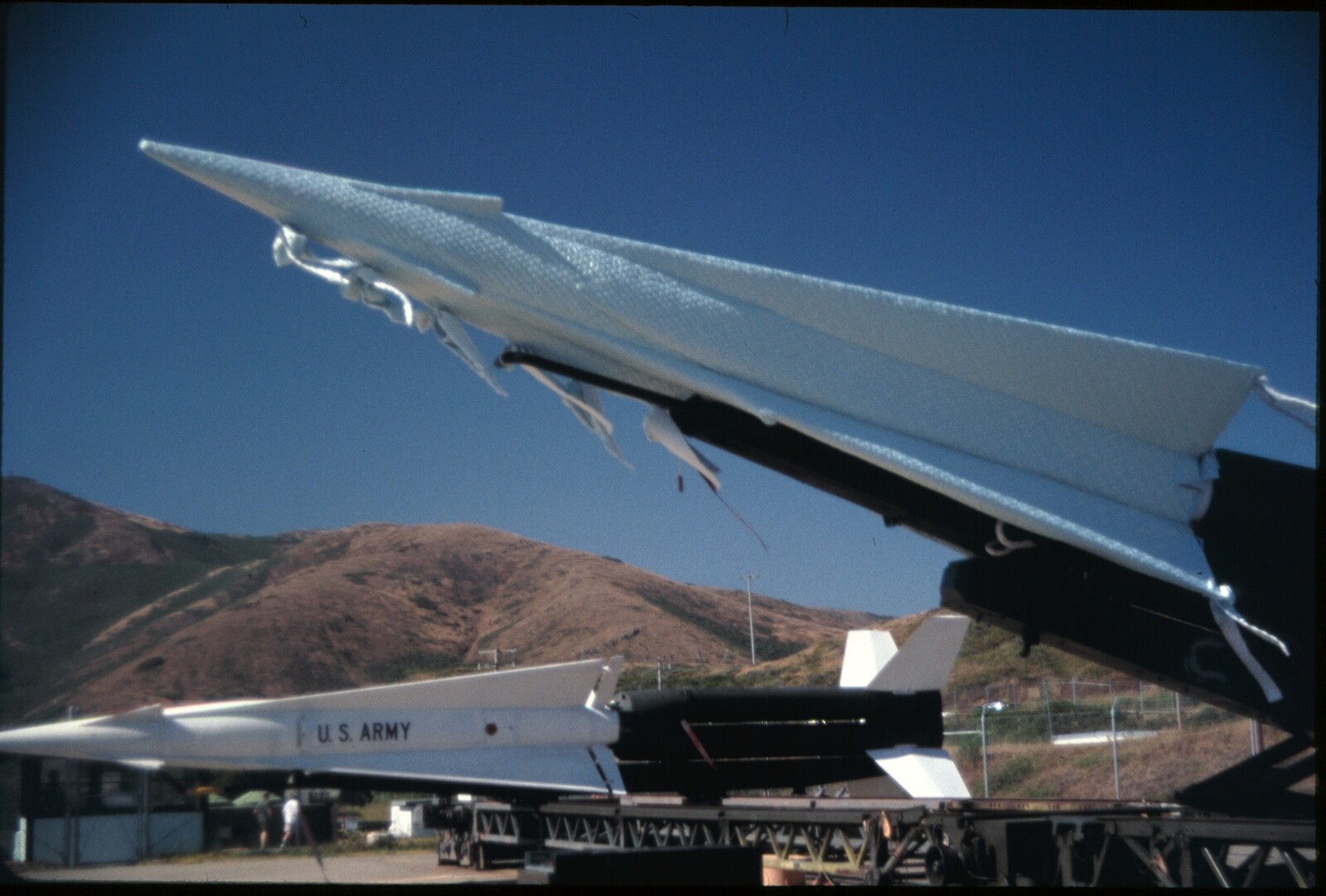September 6–December 8, 2018
Hallwalls Contemporary Art Center
Center for the Arts
201 Center for the Arts
Buffalo, NY 14260
USA
Hours: Tuesday–Saturday 11am–5pm
T +1 716 645 6912
ubartgalleries@buffalo.edu
The UB Art Galleries are pleased to present, Hot Spots: Radioactivity and the Landscape, a multi-media exhibition of 18 international artists and art collectives who examine the environmental impact of the production and use of radioactive materials by the military and industry. Hot Spots is guest-curated by Jennie Lamensdorf, independent curator, and Joan Linder, Associate Professor and Chair, UB Department of Art. The exhibition opens at the UB Art Gallery, CFA on September 7, 2018 and will be on view through December 8, 2018.
Artworks in the exhibition scrutinize the nuclear industry, including its day-to-day reality and long-term impact, with an emphasis on the complex issue of radioactive waste. Hot Spots illuminates critical environmental issues that stem from the lack of responsible strategies for radioactive waste storage and disposal. The artists in this exhibition examine this expansive subject through a variety of themes, including rendering the invisible visible, using art as a tool of information disclosure and disruption, and developing the complex language necessary to communicate thousands of years into the future. Hot Spots: Radioactivity and the Landscape contributes to an ongoing and important international dialogue that demonstrates the perilous nature of radioactive material and, with an activist spirit, exposes problems and imagines solutions.
“I was shocked when, after 9 years of living in Buffalo, I became aware of the role the region played in the Manhattan Project and the legacy of radioactive material left behind,” said Joan Linder, co-curator. “This waste is located in sanctioned sites such as Niagara Falls Storage Site and West Valley and also exists in hot spots that pepper the landscape from backfill used for roads and parking lots. I have been thinking about this problem ever since.”
“The subject matter is also global in importance,” said Jennie Lamensdorf, co-curator, “and it isn’t going anywhere. Even if we never witness another nuclear accident or weapons attack, radioactive material will continue to grow as a result of properly-functioning industries and there are no global (or local) solutions to its safe storage or disposal. That’s why the speculative work of artists is so critical, it provides a Trojan Horse into a complex political and environmental issue.”
Artists and collectives featured in Hot Spots include: Michael Brill & Safdar Abidi, Naomi Bebo, Erich Berger & Mari Keto, Jeremy Bolen, Edward Burtynsky, Ludovico Centis, Robert Del Tredici, Elizabeth Demaray, Nina Elder, Isao Hashimoto, Adele Henderson, Abbey Hepner, Eve Andrée Laramé, Cynthia Madansky & Angelika Brudniak, Amie Siegel, Claudia X. Valdes, Don’t Follow the Wind (collective composed of Chim↑Pom (initiators), Kenji Kubota, Eva and Franco Mattes, and Jason Waite), and Will Wilson.
Highlights of the exhibition include: A Walk in Fukushima, a 360-degree virtual reality film by the collective Don’t Follow the Wind that brings the viewer on an intimate journey into the Fukushima Exclusion Zone. Elizabeth Demaray’s The Nike Missile Cozy Project, a 27-foot tea cozy upholstered to wrap around a decommissioned Nike Hercules Missile. Eve Andrée Laramée’s NukeNOtes intervention exposing the local contamination at West Valley. Naomi Bebo’s hand-beaded gas masks, Will Wilson’s large-scale photography, and Robert Del Tredici’s iconic images of the atomic industry bring in a human element. Michael Brill and Safdar Abidi’s archive of drawings and notes for Landscape of Thorns, is an exhaustively referenced, but rarely exhibited proposal for the Waste Isolation Pilot Plant.
Hot Spots is accompanied by an illustrated brochure featuring a text by co-curators Jennie Lamensdorf and Joan Linder.
Hot Spots: Radioactivity and the Landscape is organized by the University at Buffalo Art Galleries and curated by Jennie Lamensdorf and Joan Linder. Support for Hot Spots is provided by Judith Fisher, Technē Institute for Arts and Emerging Technologies, the UB Department of Media Study, the UB School of Architecture & Planning, and the UB Department of Art.


